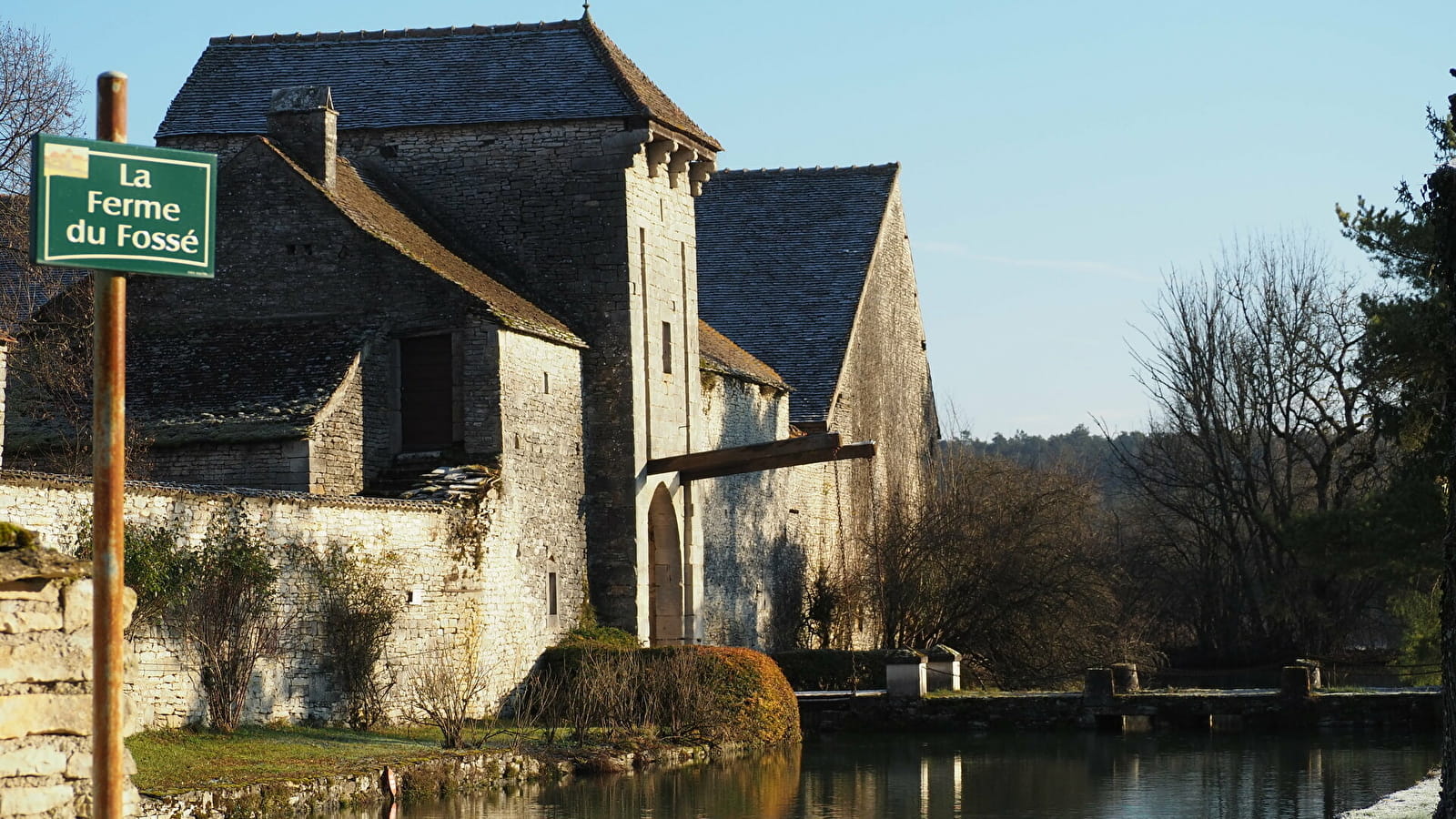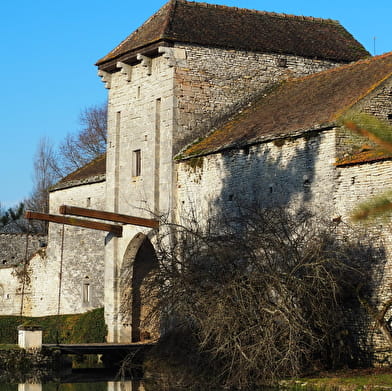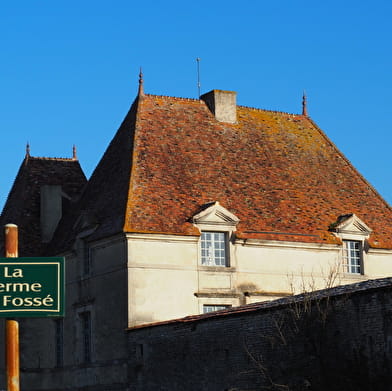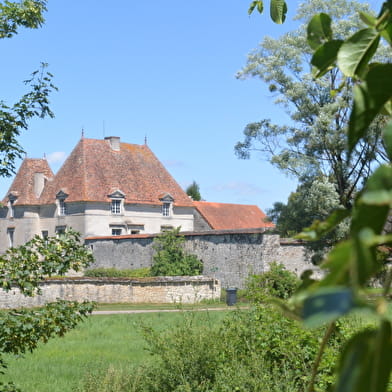
Ferme forte du Fossé
Le Fossé is a lowland stronghold situated in the heart of a wetland area. It is a group of buildings surrounded by a watery ditch. It is entered through a 15th century gateway. Inside the courtyard, surrounded by an enclosing wall pierced with loopholes, stands a typically Renaissance dwelling. The whole complex is a listed building.
On the ground floor of the main building there is a small oratory with a vaulted ceiling in two bays and a kitchen with a basket-handle vault falling on a central pillar. The buildings are mentioned for the first time in the chronicle of Bèze. A major change in the appearance of the buildings occurred during the Wars of Religion. In 1591, Pierre d'Anglure, Lord of Guyonvelle, a member of the League, laid siege to and ruined this "pernicious and dangerous" house because of its proximity to the Dijon/Langres axis.
During the Revolution, the property was bought as national property by Charles François Dupuis, member of the Convention and author of L'Origine de tous les Cultes. He had been in great danger during the Terror and Le Fossé was a refuge for him. He presided over the National Assembly at the time of the Concordat. He died in Le Fossé in 1809, his grave, classified as a historical monument, is in the cemetery of Echevannes.
____________________________________________________________________________________________________________________________________________
Le Fossé is a lowland stronghold situated in the heart of a wetland area. It is presented as a group of buildings surrounded by watery ditches. You enter through a 15th century gateway. Inside the courtyard, surrounded by an enclosing wall pierced with loopholes, stands a typically Renaissance-style dwelling. The whole complex is a listed building.
On the ground floor of the main building there is a small oratory with a vaulted ceiling in two bays as well as a kitchen with a basket-handle vault falling on a central pillar. The buildings are mentioned for the first time in the chronicle of Bèze. A major change in the appearance of the buildings occurred during the Wars of Religion. In 1591, Pierre d'Anglure, Lord of Guyonvelle, a member of the League, laid siege to and ruined this "pernicious and dangerous" house because of its proximity to the Dijon/Langres axis.
During the Revolution, the property was bought as national property by Charles François Dupuis, member of the Convention and author of L'Origine de tous les Cultes. He had been in great danger during the Terror and Le Fossé was a refuge for him. He presided over the National Assembly at the time of the Concordat. He died in Le Fossé in 1809, his grave, classified as a historical monument, is in Echevannes's cemetery .
- French, English
- Cheques and postal orders, Cash
- Picnic area
Brochures Bourgogne Tourisme
Consult our brochures online or order them to receive at home






